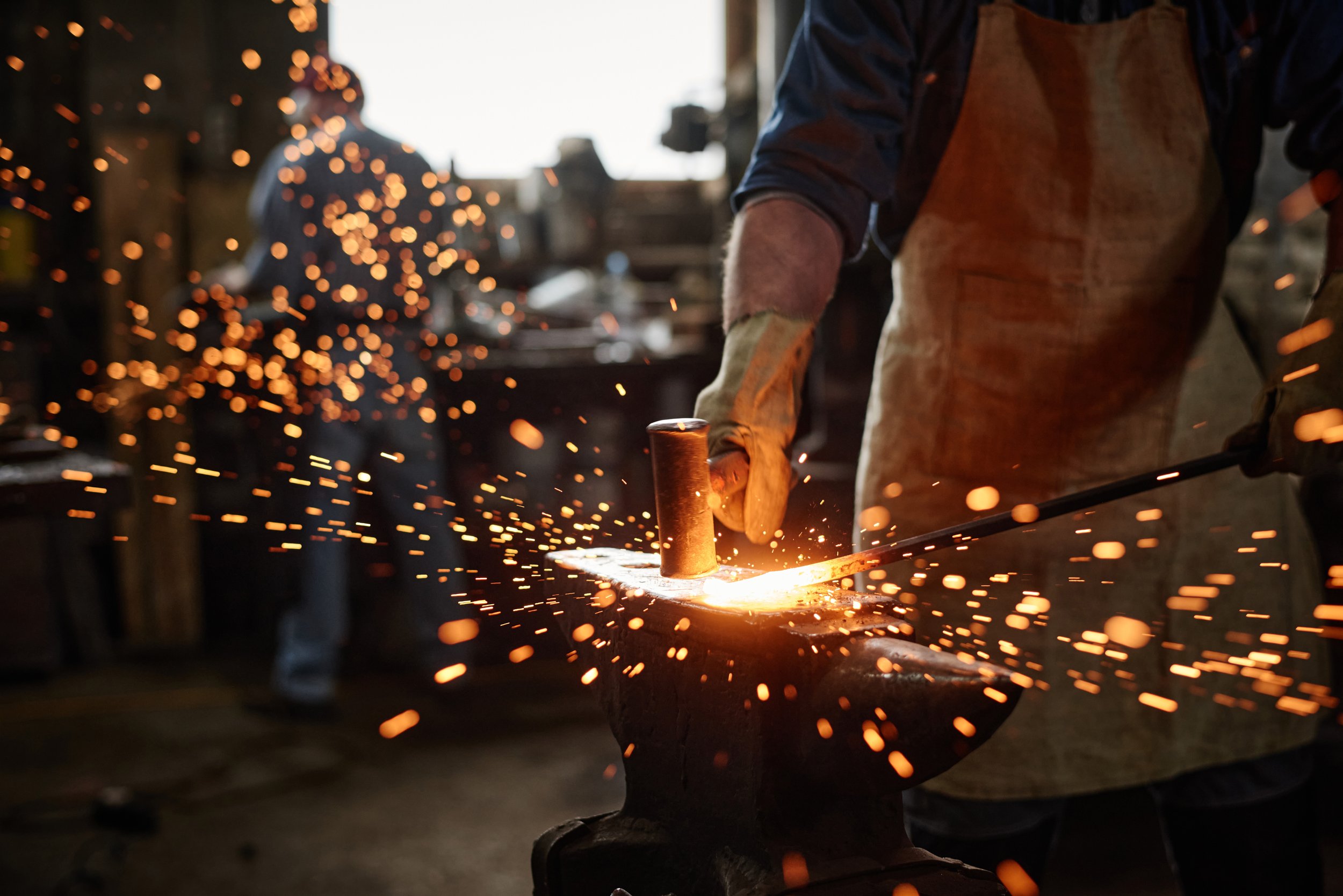
Traditional Cutlery & Machines
Marcin Grabowiec
Blacksmith & Knifemaker
Finn 2.0 - Knife polishing machine
Enhance your knifemaking process with the Finn 2.0 – the ultimate polishing machine for knifemakers.
For years, I struggled with traditional blade polishing methods—using a table, wood clamps, and spending endless hours trying to reveal the intricate pattern on my knives. I needed a faster, more efficient solution. That's why I developed the Finn 2.0: a compact, durable, and highly effective polishing machine designed to speed-up your work and perfect your blades.
Available Tamahagane knives
Hand forged Tamahagane knives
For knife enthusiasts who appreciate the beauty and craftsmanship of hand-forged blades, our selection of handmade knives are a must-have. With a variety of styles and designs to choose from, each knife is carefully crafted using traditional techniques and high-quality materials, from Japan, for the perfect balance of form and function.
Tamahagane Knife Orders
If you're interested in commissioning a traditional Japanese knife, please reach out! We can discuss different shapes, geometries, hamon preferences, and handle materials to create a knife that's perfect for you.
The graphic on the right shows the most common knife types used in kitchens across Japan.
Pricing depends on several factors:
Type of knife
Length and thickness
Difficulty level
Desired hamon
Type of polishing
Type of wood for knife handle
Explore the Art of Japanese Blacksmithing
Blacksmithing is not just a craft, but a way of life. It requires patience, dedication, and a love of the process. We hope that our website will inspire you to explore the world of Japanese blacksmithing and discover the beauty and utility of hand-forged blades .
Designed to handle a wide range of kitchen tasks, the Gyuto excels at slicing, dicing, and chopping vegetables, meats, and fish alike. Its balanced design makes it a go-to tool for both professional chefs and home cooks.
The Yanagiba features a long, blade with a single bevel edge. This design is perfect for making smooth, precise cuts.

Stages of knife production
-
In this stage, raw materials such as steel are heated and then shaped by a hammer into a rough knife blade. This process is typically done by hand using traditional forging techniques.
-
Once the blade is formed, it is heat treated to improve its hardness, toughness, and other properties. This process involves heating the blade to a specific temperature and then cooling it rapidly in water or oil.
-
In this stage, the blade is ground and shaped to its final form. The blade is sharpened to a razor-like edge using various grinding wheels and sharpening stones.
-
The final stage of knife production involves attaching the handle to the blade. The handle is typically made from a variety of materials, including wood, plastic, or metal, and is secured to the blade using adhesive or rivets.





